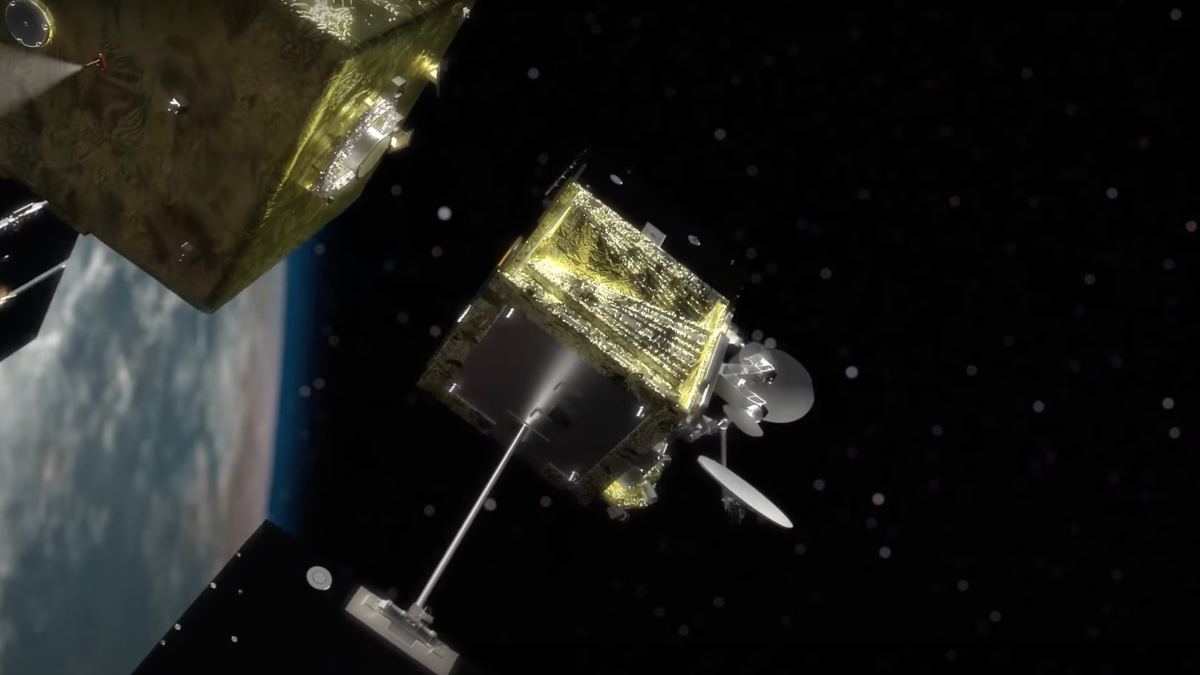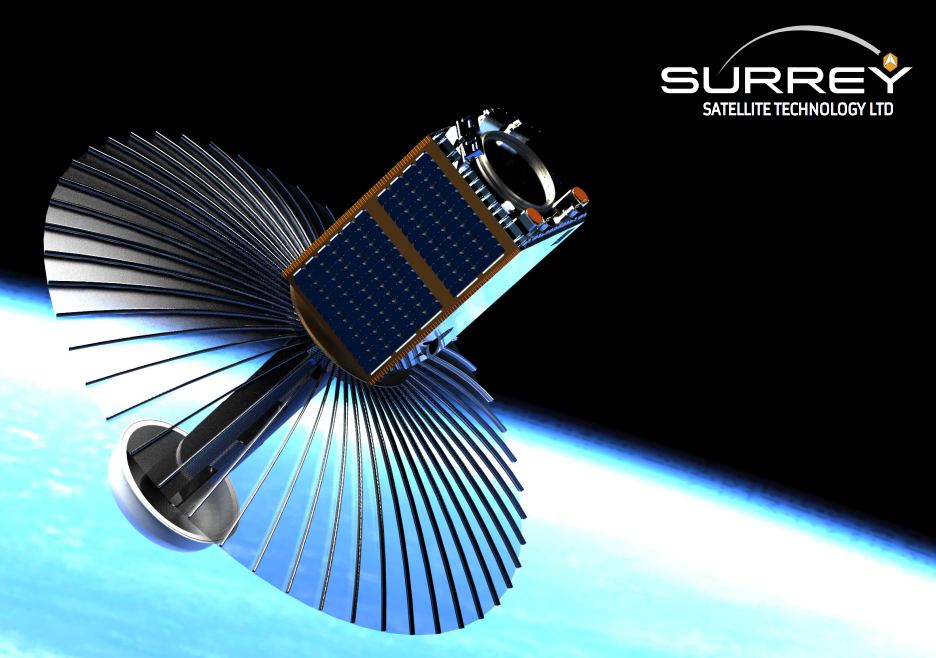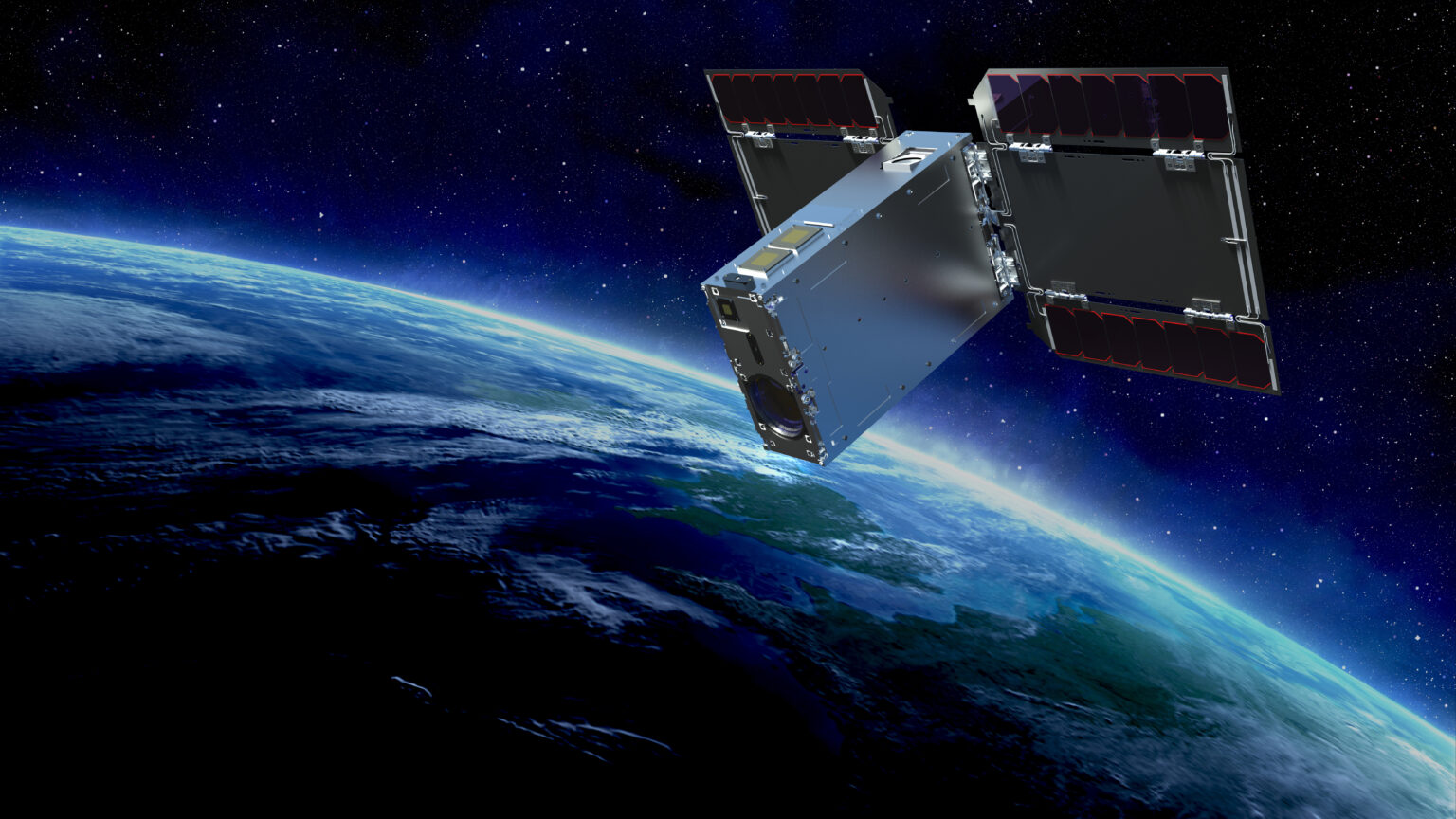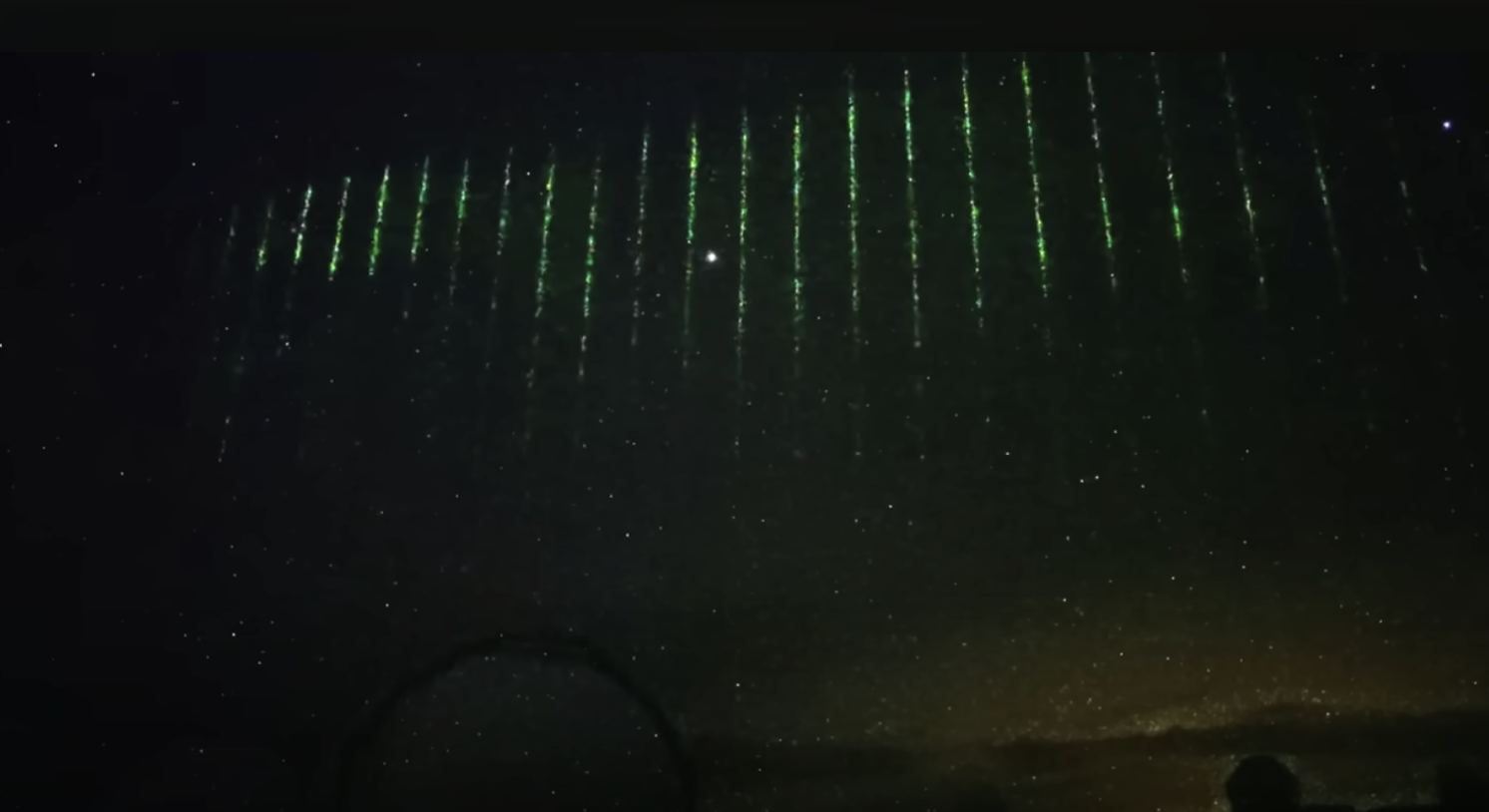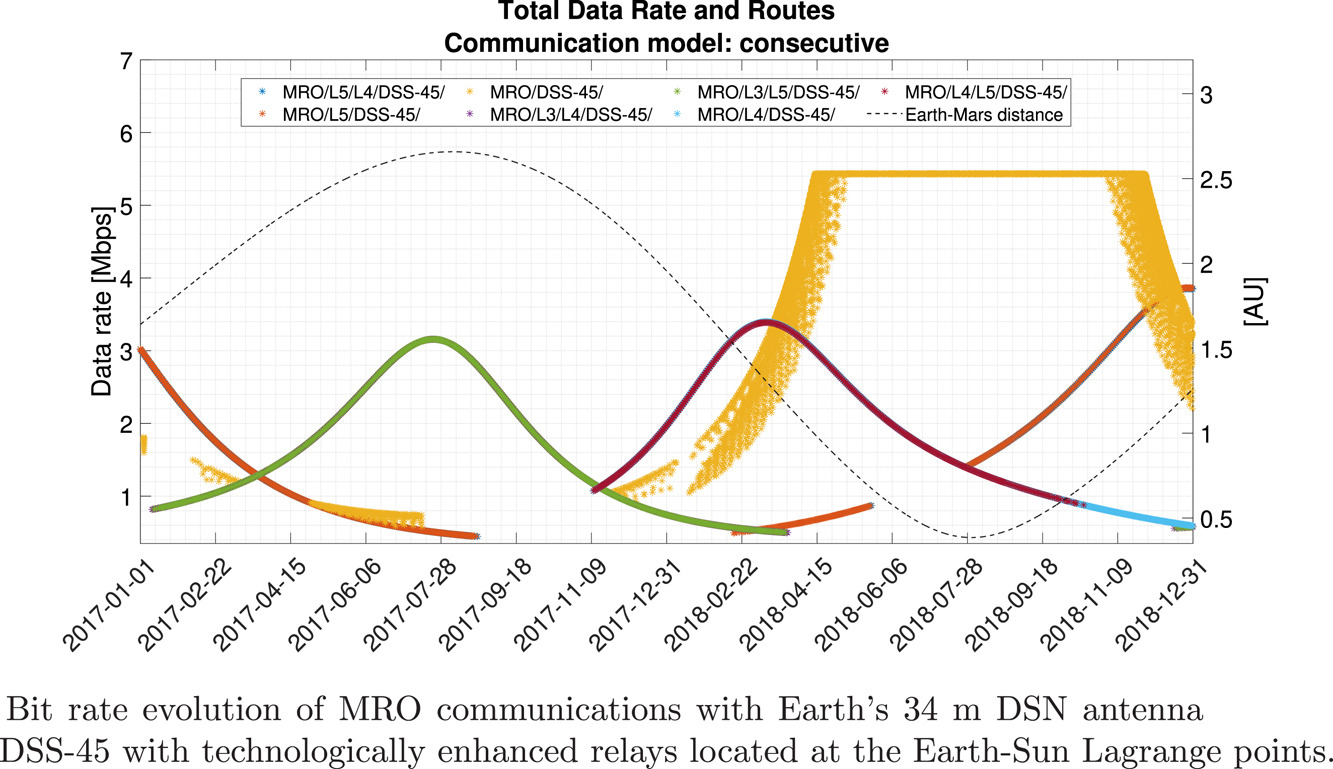Plenty of news stories have focused on the danger posed by Kessler syndrome. In this condition, space is made inaccessible by a cloud of debris surrounding our planet that would destroy any further attempts to get into orbit. Therefore, plenty of companies have sprung up that problem to take care of the problem, from blasting derelict satellites with lasers to helping to refuel them; lots of business models have been created to capture this opportunity. One of the farthest along is Astroscale. This British start-up is tackling the problem with one of the more conventional techniques – linking up with an existing satellite to deorbit it. And recently, they released a promotional video for their new project – the ELSA-M.
Continue reading “A New Mission Will Grab Dead Satellites and Push Them Into the Atmosphere to Burn Up”Astronomers Have Figured Out Clever Tricks to Reduce the Impact of Satellite Trails

A clear sky is a prerequisite for most astronomers imaging the cosmos. However, with the proliferation of satellite trails, astronomers see a lot more streaks in their images. That’s particularly true for people using professional ground-based and orbiting telescopes. When Hubble Space Telescope opened its eye on the sky, there were less than 500 satellites orbiting our planet. Now, there are nearly 8,000 of them, leaving their mark across the sky.
Continue reading “Astronomers Have Figured Out Clever Tricks to Reduce the Impact of Satellite Trails”Two English Companies are Cooperating to Bring a Novel Antenna Architecture To Space
Technology Readiness Levels (or TRLs) are commonly used in the space industry to determine what level of development a technology has undergone. For space technologies, eventually, they get to a TRL where they have to be used in space. In some cases, that can be difficult, as getting a ride on a launch is both risky and expensive. So it’s good news for Oxford Space Systems (OSS) that they penned an agreement with Surrey Satellites Technology Ltd (SSTL) to prove one of their new technologies on an actual flight.
Continue reading “Two English Companies are Cooperating to Bring a Novel Antenna Architecture To Space”Researchers are Working on a Tractor Beam System for Space
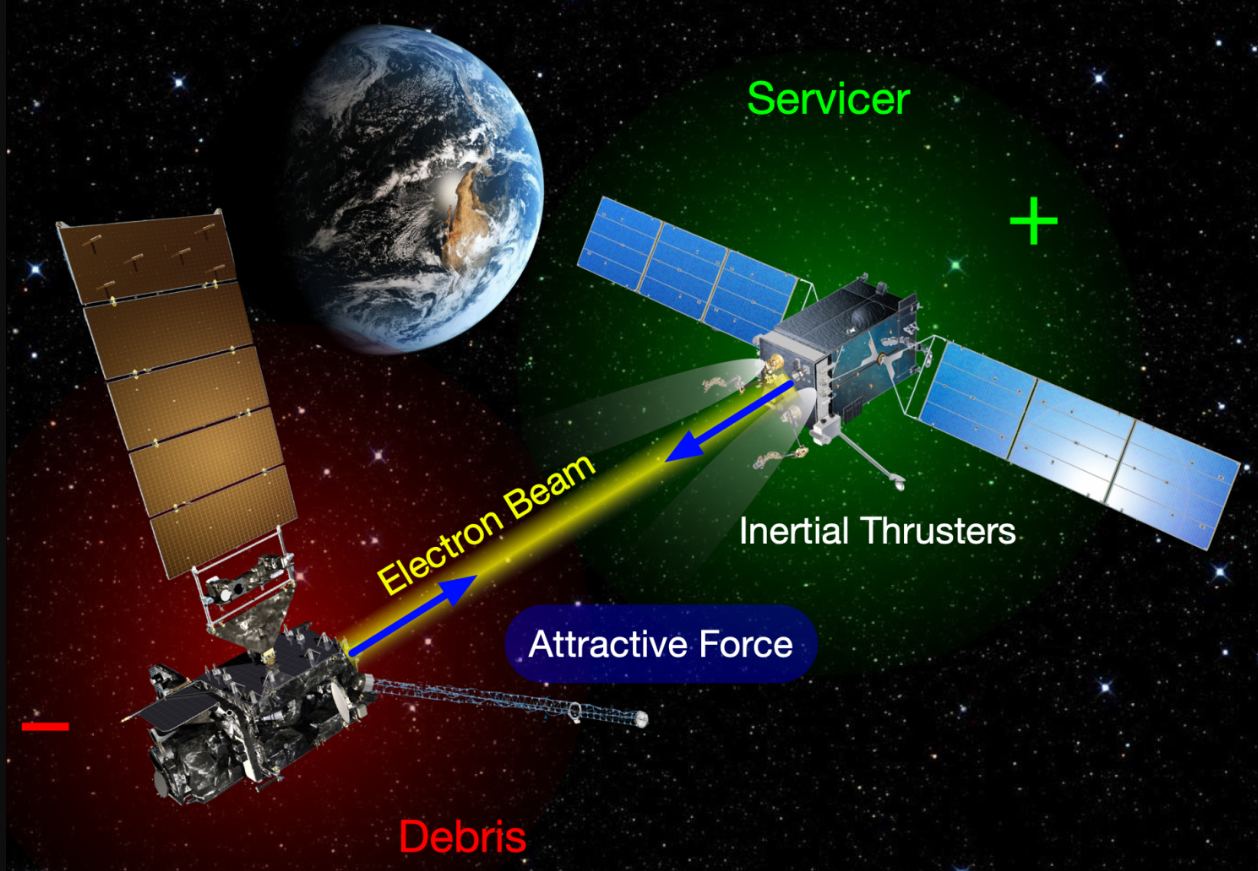
Human technology is crossing another threshold. Tractor beams have been common in science fiction for decades. Now a team of researchers is working on a real-life tractor beam that could help us with our burgeoning space debris problem.
Continue reading “Researchers are Working on a Tractor Beam System for Space”Building a Satellite out of Wood? Use Magnolia
Typically when you think of a satellite, you think of a metal box with electronic components inside it. But that is simply because most satellites have been made that way throughout history. There is nothing against using other materials to build satellites. Now, a team of researchers from Japan has completed testing on another type of material that could eventually be used on an actual satellite – magnolia wood.
Continue reading “Building a Satellite out of Wood? Use Magnolia”An Innovative Heat Shield That Doesn’t Need to Be Replaced Between Missions
A revolution in space manufacturing is coming. Enabled by cheaper launch costs, companies are scrambling to take advantage of easier access to the benefits space offers as a manufacturing environment. These include a constant vacuum, near absolute zero temperatures, and a lack of any significant gravity. These features would enable easier processing and manufacturing of hundreds of products, from pharmaceuticals to metal alloys. The tricky part is getting them back down to Earth, where they can be used.
A company based in the UK recently revealed what they think is a viable solution for that. Space Forge, which is developing a reusable manufacturing platform for use in space, recently discussed their Pridwen heat shield. The most remarkable thing about this new heat shield is it’s reusable.
Continue reading “An Innovative Heat Shield That Doesn’t Need to Be Replaced Between Missions”Pale Blue Successfully Operates its Water-Based Propulsion System in Orbit
New in-space propulsion techniques seem to be popping out of the woodwork. The level of innovation behind moving things around in space is astounding, and now a company from Japan has just hit a significant milestone. Pale Blue, which I assumed was named as a nod to a beloved Carl Sagan book, recently successfully tested their in-orbit water-based propulsion system, adding yet another safe, affordable propulsion system to satellite designers’ repertoires.
Continue reading “Pale Blue Successfully Operates its Water-Based Propulsion System in Orbit”An Alternative Theory of Inertia will Get Tested in Space
One of the most exciting aspects of the current era of space exploration (Space Age 2.0) is how time-honored ideas are finally being realized. Some of the more well-known examples include retrievable and reusable rockets, retrieval at sea, mid-air retrieval, single-stage-to-orbit (SSTO) rockets, and kinetic launch systems. In addition, there are also efforts to develop propulsion systems that do not rely on conventional propellants. This technology offers many advantages, including lower mass and improved energy efficiency, ultimately leading to lower costs.
On June 10th, 2023, an all-electrical propulsion system for satellites (the IVO Quantum Drive) will fly to space for the first time. The system was built by North Dakota-based wireless power company IVO, Ltd., and will serve as a testbed for an alternative theory of inertia that could have applications for propulsion. The engine will launch atop a SpaceX Falcon 9 rocket as part of a dedicated rideshare (Transporter 8) hosted by commercial partner Rogue Space Systems. If the technology is validated, the Quantum Drive could trigger a revolution in commercial space and beyond. And if not, then we can relax knowing that the laws of physics are still the laws of physics!
Continue reading “An Alternative Theory of Inertia will Get Tested in Space”Strange Green Lines Above Hawaii was Probably a Chinese Satellite
Every once in a while, the stars (or, in this case, satellites) align, and keen observers can receive an unexpected light show. That happened a few weeks ago at the Subaru telescope in Hawai’i. An eerie green laser seemingly appeared out of nowhere, as captured in a YouTube video uploaded to the telescope channel. Luckily, their source was no more ominous than a passing satellite, and with its video posted publicly, now everyone could enjoy the light show.
Continue reading “Strange Green Lines Above Hawaii was Probably a Chinese Satellite”Are There Better Ways to Communicate with Mars?
Mars is a long way from Earth, making it challenging to communicate with. That difficult communication is becoming ever more important as we launch more and more craft to the Red Planet. It will become absolutely critical when we send actual people there. So what can be done to increase the speed of communications between our solar system’s blue and red planets? A paper from researchers primarily based in Spain looks at different networking topologies that could help solve some of the communication problems.
Continue reading “Are There Better Ways to Communicate with Mars?”
